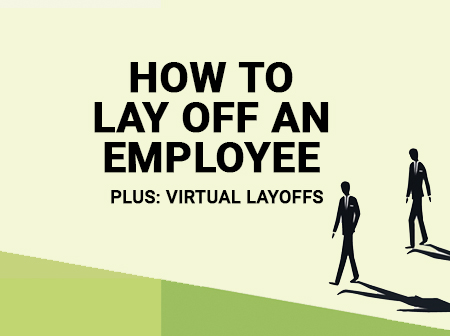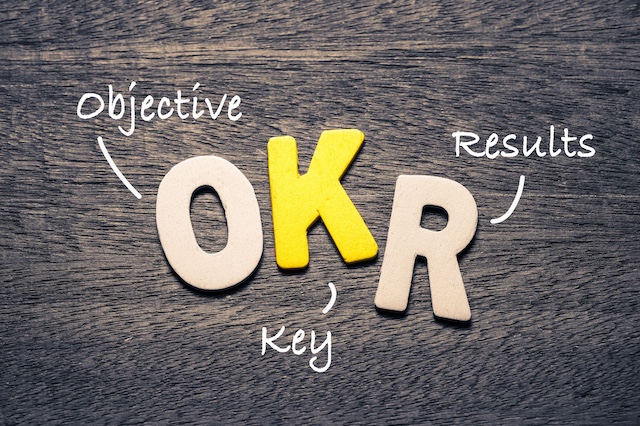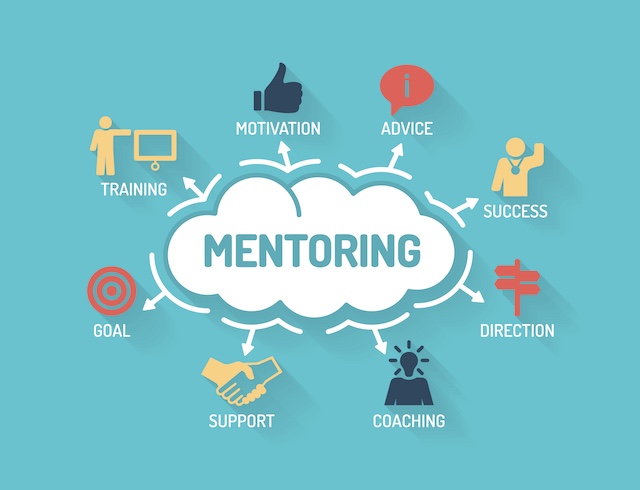In today’s fast-paced and globalized business environment, organizations have to continuously innovate to remain competitive and sometimes pivot to respond to external challenges or economic downturns. Layoffs are sometimes necessary as an important part of this change process—and HR professionals are expected to know how to lay off an employee and be prepared for a reduction in force under short notice.
Whether your organization is currently planning a reduction in force or simply preparing for future scenarios, our newest guide, How to Lay Off an Employee, can help. With an added section on best practices for virtual layoffs, this guide will serve as a valuable resource as you plan workforce changes for your company.
Download the guide now and get in-depth answers to your questions:
- How do I craft a layoff list while following all federal and state laws and regulations?
- What are the best practices for conducting a compassionate and respectful layoff meeting?
- What notices and benefits do I need to provide to affected employees?
- What items should my company include in a severance agreement?
- Which departments do I need to coordinate with to ensure a smooth layoff event?
- How can I ensure privacy and respect when conducting layoffs with remote employees?
Each section will walk you through what you need to know and do to plan a layoff at your organization. We cover the unique concerns you might consider that are specific to the size of your company and the needs of your employees. In addition, we go over how to mitigate reputational risk in the digital age by offering outplacement services and other benefits.
Download the full guide, and use it as a reference for yourself and as a tool for educating others and securing buy-in. Access the guide today to develop a plan for the inevitable workforce changes to come in the future.
The views expressed within this publication are those of the individual authors writing in their individual capacities only—not those of their respective employers. All liability with respect to actions taken or not taken based on the contents of this site are hereby expressly disclaimed. The content on this posting is provided “as is” and no representations are made that the content is error-free.
Read more: How to begin the layoff communication: Delivering the news & mitigating the risks












